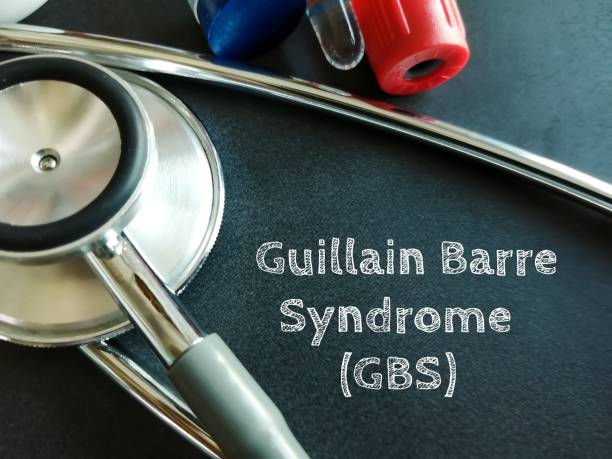If you’ve been struggling with long COVID symptoms for weeks or even months, you’re not alone. Many people report lingering fatigue, shortness of breath, brain fog, and a frustrating lack of energy. One emerging option for managing these ongoing symptoms is oxygen therapy. It may sound like something reserved for hospital settings, but home-based and targeted oxygen therapies are gaining attention for their potential to help long COVID patients breathe easier—literally and figuratively. In this article, we’ll explore what oxygen therapy is, how it might help, who it’s for, and what the latest research says. If you’re navigating recovery, this could be a tool worth considering.
What Is Oxygen Therapy?
Oxygen therapy is a medical treatment that provides extra oxygen to people who have trouble breathing or maintaining optimal oxygen levels. This isn’t just about wearing a mask or lying in a hospital bed—there are several types of oxygen therapy, including portable systems, high-flow nasal cannulas, and hyperbaric oxygen chambers. For long COVID sufferers, the idea is to help tissues and organs get the oxygen they need when the lungs aren’t functioning as efficiently post-infection. Oxygen therapy is also thought to reduce inflammation and aid cellular healing—two critical factors in managing long COVID.
Why Oxygen Matters in Long COVID
One of the most reported symptoms in long COVID is breathlessness. Even months after the initial infection, many people experience a sensation of not getting enough air. This could be due to lingering inflammation in the lungs, small blood clots, or impaired oxygen exchange at the cellular level. By providing a consistent supply of enriched oxygen, therapy can improve overall oxygenation, potentially easing fatigue and boosting mental clarity. Patients often describe feeling like a fog has lifted. It’s not a cure, but for some, it offers meaningful relief that improves daily functioning.
What the Research Says
While oxygen therapy isn’t universally recommended for every long COVID patient, initial research is promising. A pilot study published in Undersea and Hyperbaric Medicine found that hyperbaric oxygen therapy (HBOT) improved cognitive function and energy levels in long COVID participants (source). Another 2023 study in Scientific Reports noted enhanced brain connectivity and reduced fatigue in those undergoing HBOT (source). While more large-scale trials are needed, early data suggests oxygen therapy can play a valuable role—especially for neurological and respiratory symptoms.
Who Might Benefit the Most?
Oxygen therapy isn’t a one-size-fits-all solution. It tends to help those with persistent shortness of breath, low oxygen saturation levels, or symptoms like severe fatigue and brain fog that interfere with daily life. If you’re using a pulse oximeter at home and regularly see readings below 95%, that’s worth discussing with your doctor. People with pre-existing lung conditions such as asthma or COPD who’ve had COVID may also benefit from supplemental oxygen to support long-term recovery. Always consult a healthcare provider to assess your individual needs before starting treatment.
What to Consider Before Starting Oxygen Therapy
Before jumping into oxygen therapy, there are a few things to keep in mind. First, it’s essential to undergo proper evaluation—oxygen therapy should be personalized and monitored. Overuse or unnecessary use of supplemental oxygen can sometimes cause harm. Second, not all therapies are the same: HBOT requires specialized equipment and supervision, while home concentrators are more accessible but may offer less dramatic results. It’s also worth checking with your insurance provider, as coverage can vary. Most importantly, oxygen therapy should complement—not replace—other recovery strategies like nutrition, sleep, and physical therapy.
References:


